Before and After: A Stunning Dining Room and Living Room Transformation
The dining room and living room are two of the most important spaces in any home. They are where we gather with family and friends, share meals, and relax after a long day. However, these two rooms are often treated as separate entities, with little consideration given to how they flow together. But with a little design magic, you can transform your dining room and living room into a cohesive and stylish space that will leave your guests in awe. Here's how to create a stunning before and after transformation for your dining room and living room.
How to Create a Cohesive Look Between Your Dining Room and Living Room
The key to a successful dining room and living room transformation is creating a cohesive look between the two spaces. This means considering the overall style, color scheme, and furniture placement in both rooms. Start by choosing a main color palette and incorporating it into both rooms. This could be through accent pieces, wall colors, or even furniture. By using the same color scheme, your dining room and living room will feel like they belong together.
10 Tips for Designing a Dining Room That Flows Seamlessly into Your Living Room
1. Choose a cohesive color scheme that ties both rooms together.
2. Use similar furniture styles in both rooms for a cohesive look.
3. Consider using a rug to define the dining area in an open concept space.
4. Incorporate natural light into both rooms for a bright and airy feel.
5. Use mirrors to create the illusion of more space in both rooms.
6. Mix and match textures and patterns to add visual interest.
7. Consider using a statement piece of furniture to tie both rooms together.
8. Use lighting to create a cohesive ambiance in both rooms.
9. Incorporate plants or greenery in both rooms for a natural touch.
10. Don't be afraid to experiment and make changes until you achieve the desired cohesive look.
The Best Ways to Arrange Furniture in an Open Concept Dining Room and Living Room
If you have an open concept dining room and living room, it's important to arrange your furniture in a way that creates a sense of flow between the two spaces. Start by defining the dining area with a rug or lighting. Then, arrange your furniture in a way that allows for easy conversation and movement between the two areas. Consider using a sofa or chairs to create a visual separation between the two spaces.
Creating a Functional and Stylish Dining Room Before and After
When designing your dining room, it's important to consider both functionality and style. Your dining room should be a space where you can comfortably enjoy meals and entertain guests, but it should also be visually appealing. Consider choosing a dining table that can expand for larger gatherings, and incorporate storage solutions such as a buffet or sideboard. Don't be afraid to mix and match different styles to create a unique and stylish dining room.
Maximizing Space: How to Make Your Dining Room Feel Bigger Than It Is
If you have a small dining room, there are several ways to make it feel bigger than it is. Start by choosing a light color scheme and incorporating mirrors to reflect light and create the illusion of more space. Using a round table instead of a rectangular one can also make a small dining room feel more spacious. Consider using multifunctional furniture, such as a bench that can also provide storage, to save space.
Transforming Your Living Room into a Dining Room: A Step-by-Step Guide
If you have a small home or apartment, you may not have the luxury of separate dining and living rooms. But with some creative thinking, you can transform your living room into a functional dining room when needed. Start by choosing a space-saving dining table and chairs that can easily be moved or folded away. Use lighting and rugs to define the dining area, and incorporate storage solutions to keep the space clutter-free. Don't be afraid to get creative and think outside the box when designing a dual-purpose living and dining room.
Before and After: A Small Dining Room and Living Room Makeover
Transforming a small dining room and living room can seem like a daunting task, but with the right design choices, it can be a simple and rewarding process. Start by decluttering and organizing both spaces to create a clean and open canvas. Use light colors and strategic lighting to make the rooms feel bigger and brighter. And don't forget to incorporate personal touches and decorative accents to add character and personality to the space.
Incorporating Natural Light in Your Dining Room and Living Room Design
Natural light can make a huge difference in the look and feel of your dining room and living room. Not only does it provide a sense of openness and warmth, but it also has numerous health benefits. When designing your dining room and living room, consider incorporating large windows or skylights to let in as much natural light as possible. You can also use reflective surfaces, such as mirrors or metallic accents, to bounce light around the room.
Creating a Cozy and Inviting Dining Room and Living Room Combo
While it's important to create a cohesive look between your dining room and living room, it's also essential to make them feel cozy and inviting. A great way to achieve this is by incorporating soft textiles, such as throw pillows, blankets, and curtains, in both rooms. Use warm lighting and candles to create a cozy atmosphere, and don't forget to add personal touches, such as photographs or artwork, to make the space feel like home.
The Benefits of Having a Dining Room Before a Living Room

Creating a Functional and Cohesive Space
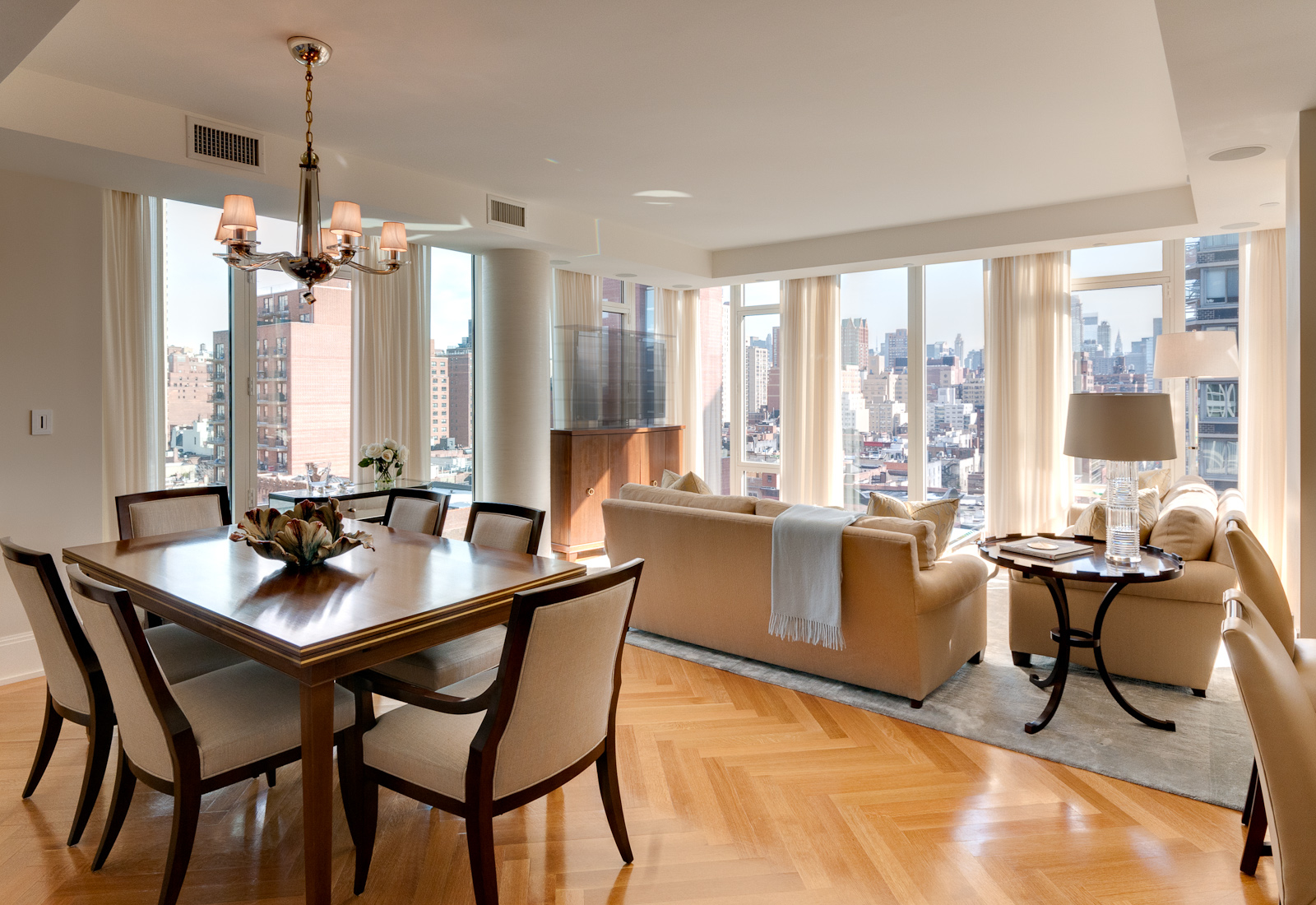 When it comes to designing our homes, we often prioritize the living room as the central gathering space for family and guests. However, there are many benefits to having a dining room before a living room in your house design. Not only does this layout create a more functional and cohesive space, but it also adds a touch of elegance and sophistication to your home.
Maximizing Space and Flow
One of the main advantages of having a dining room before a living room is the ability to maximize your space and flow. By placing the dining room closer to the kitchen, you can easily serve and entertain guests without having to navigate through a crowded living room. This layout also creates a more natural flow between the kitchen, dining room, and living room, making it easier to move between these areas.
Separating Formal and Informal Spaces
Having a dining room before a living room also allows for a clear separation between formal and informal spaces in your home. The dining room is typically reserved for special occasions and formal dinners, while the living room is a more casual space for everyday relaxation. By having a designated dining room, you can keep your living room clutter-free and create a more sophisticated atmosphere for entertaining.
Enhancing the Dining Experience
Placing the dining room before the living room also enhances the dining experience for both you and your guests. Rather than being in the middle of all the activity in the living room, the dining room offers a more peaceful and intimate setting for sharing meals and conversation. This can also be beneficial for families with children, as it provides a designated space for family meals and encourages good table manners.
Adding Elegance and Sophistication
Lastly, having a dining room before a living room adds a touch of elegance and sophistication to your home. This layout is often seen in traditional and formal house designs, giving off a sense of luxury and grandeur. With the dining room as the first impression upon entering your home, it sets the tone for the rest of the house and creates a sense of refinement.
In conclusion, there are many benefits to having a dining room before a living room in your house design. From maximizing space and flow to adding elegance and sophistication, this layout creates a functional and cohesive space for entertaining and daily living. Consider incorporating this design element into your home to elevate its overall aesthetic and functionality.
When it comes to designing our homes, we often prioritize the living room as the central gathering space for family and guests. However, there are many benefits to having a dining room before a living room in your house design. Not only does this layout create a more functional and cohesive space, but it also adds a touch of elegance and sophistication to your home.
Maximizing Space and Flow
One of the main advantages of having a dining room before a living room is the ability to maximize your space and flow. By placing the dining room closer to the kitchen, you can easily serve and entertain guests without having to navigate through a crowded living room. This layout also creates a more natural flow between the kitchen, dining room, and living room, making it easier to move between these areas.
Separating Formal and Informal Spaces
Having a dining room before a living room also allows for a clear separation between formal and informal spaces in your home. The dining room is typically reserved for special occasions and formal dinners, while the living room is a more casual space for everyday relaxation. By having a designated dining room, you can keep your living room clutter-free and create a more sophisticated atmosphere for entertaining.
Enhancing the Dining Experience
Placing the dining room before the living room also enhances the dining experience for both you and your guests. Rather than being in the middle of all the activity in the living room, the dining room offers a more peaceful and intimate setting for sharing meals and conversation. This can also be beneficial for families with children, as it provides a designated space for family meals and encourages good table manners.
Adding Elegance and Sophistication
Lastly, having a dining room before a living room adds a touch of elegance and sophistication to your home. This layout is often seen in traditional and formal house designs, giving off a sense of luxury and grandeur. With the dining room as the first impression upon entering your home, it sets the tone for the rest of the house and creates a sense of refinement.
In conclusion, there are many benefits to having a dining room before a living room in your house design. From maximizing space and flow to adding elegance and sophistication, this layout creates a functional and cohesive space for entertaining and daily living. Consider incorporating this design element into your home to elevate its overall aesthetic and functionality.


























:strip_icc()/DesignedbyEmilyHendersonDesign_PhotobySaraTramp_8-10c43b6e9b6a4f529313664f218e5721.jpg)




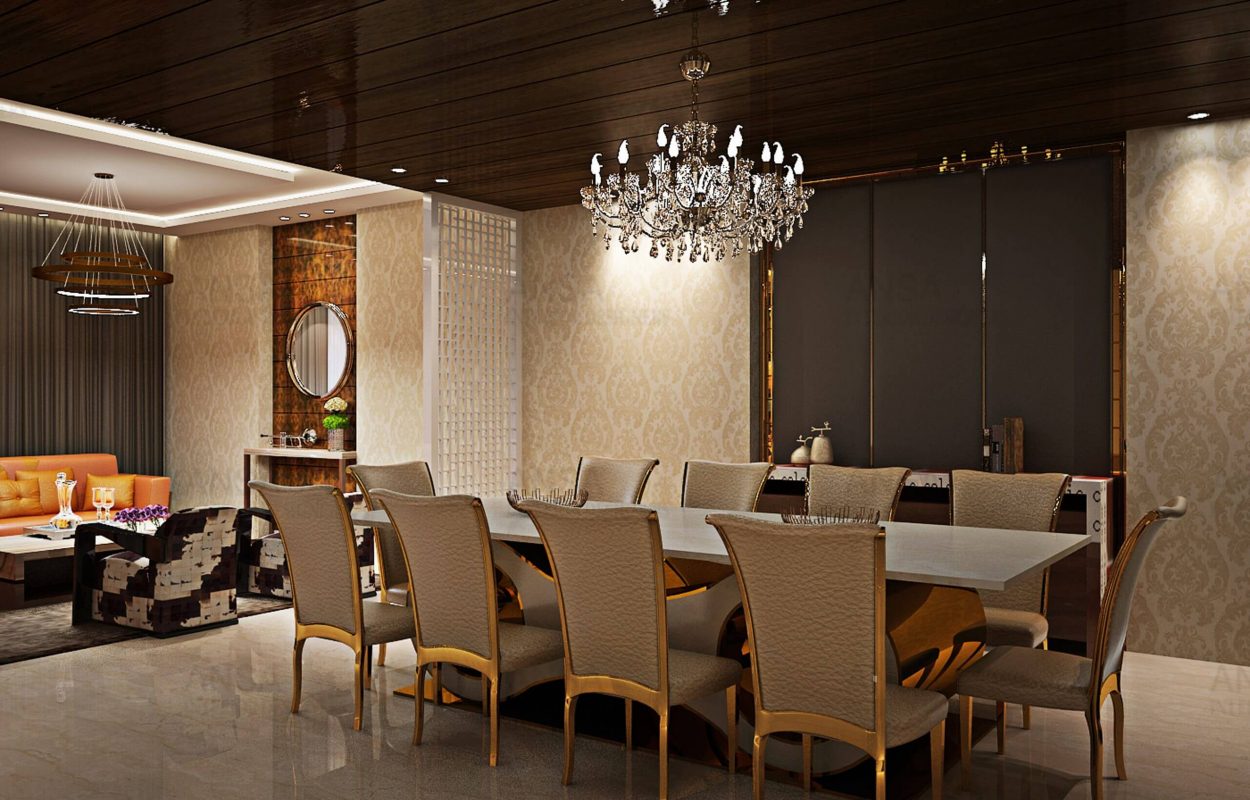



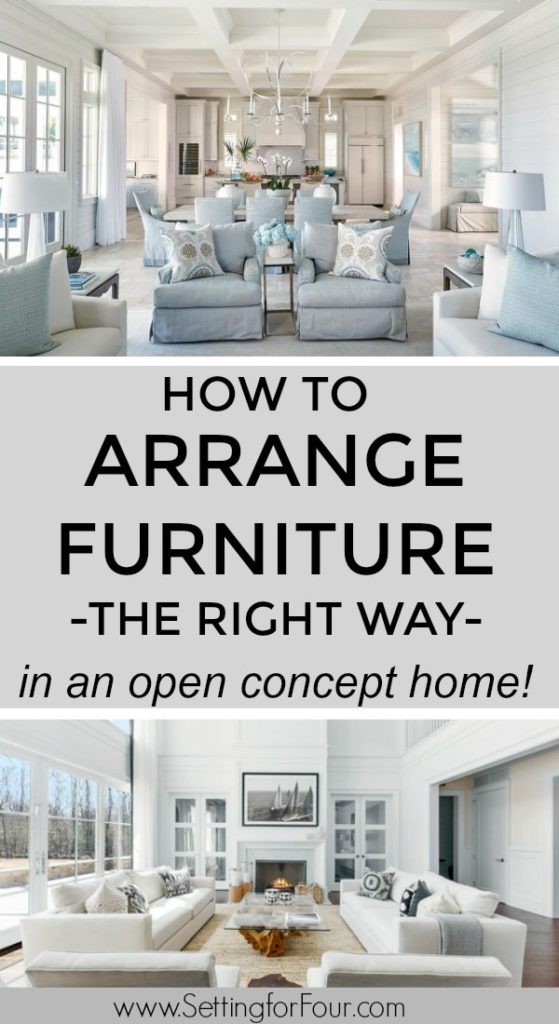

























:max_bytes(150000):strip_icc()/spacejoy-AAy5l4-oFuw-unsplash-04a8d5ee6e56453b9b17fd4e42ec894b.jpg)

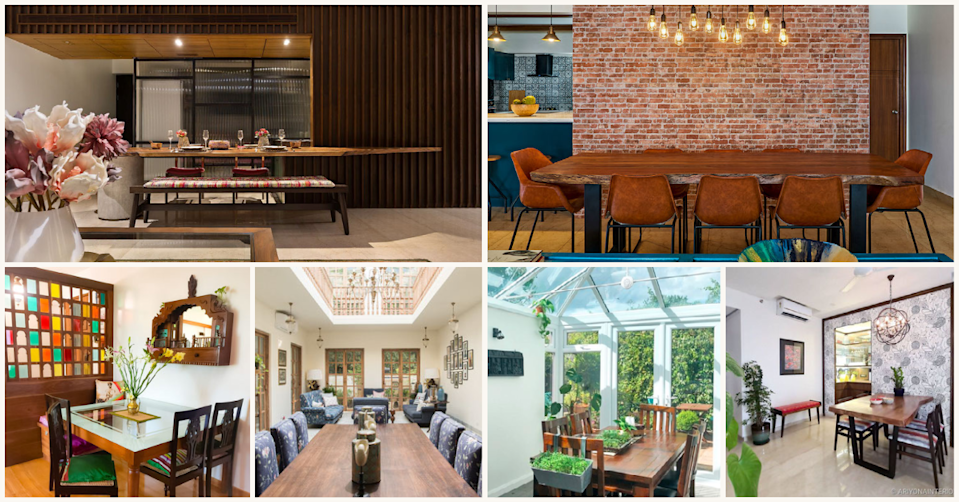















:max_bytes(150000):strip_icc()/living-dining-room-combo-4796589-hero-97c6c92c3d6f4ec8a6da13c6caa90da3.jpg)















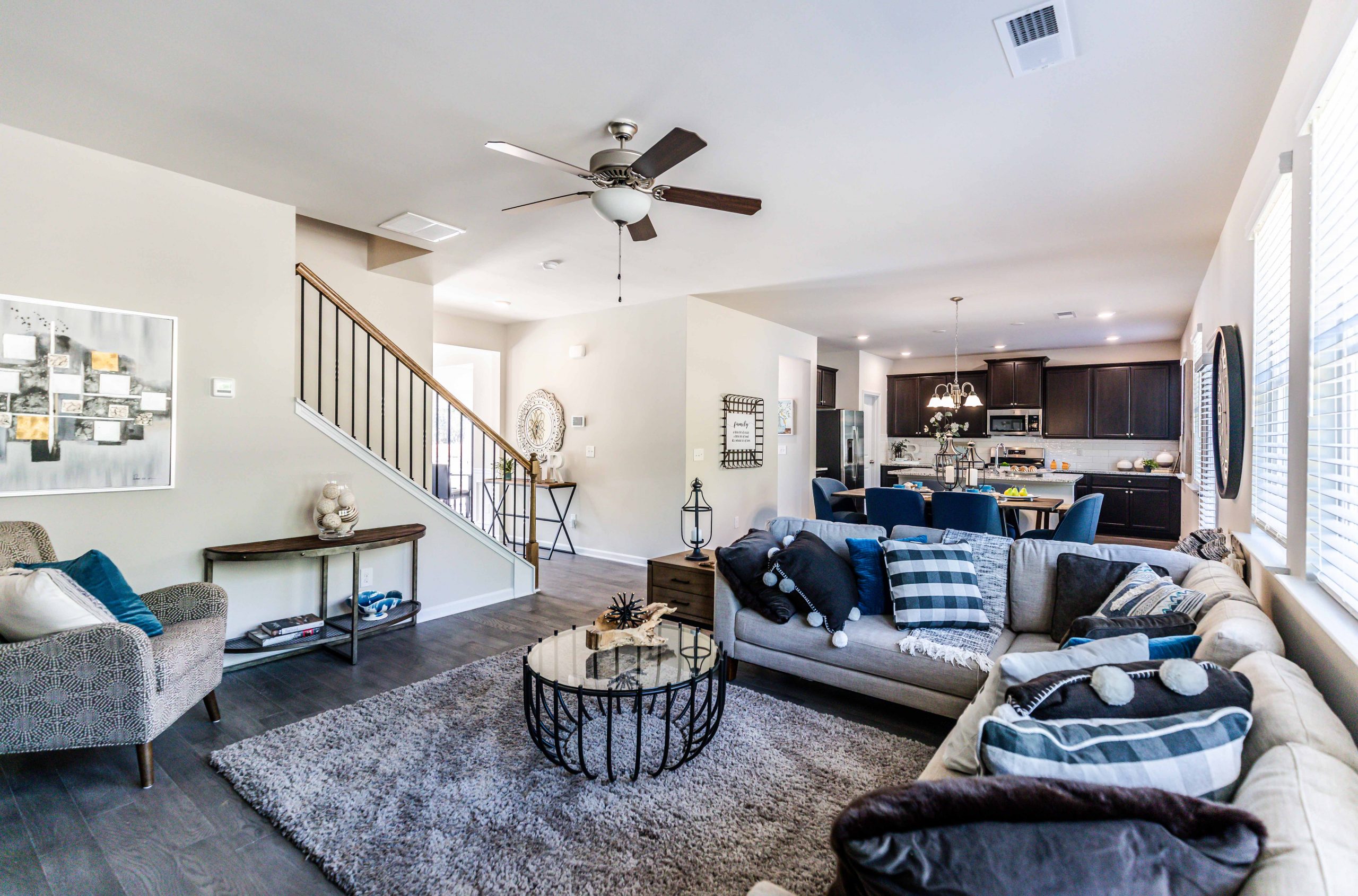

:max_bytes(150000):strip_icc()/GettyImages-532845088-cf6348ce9202422fabc98a7258182c86.jpg)

/orestudios_laurelhurst_tudor_03-1-652df94cec7445629a927eaf91991aad.jpg)







